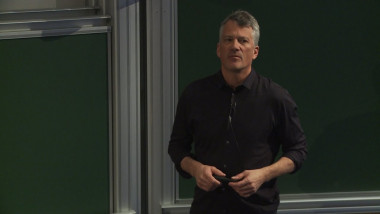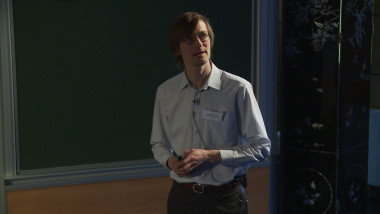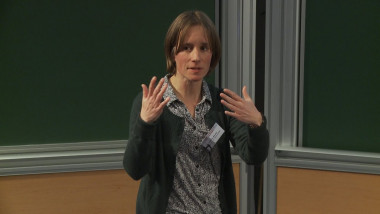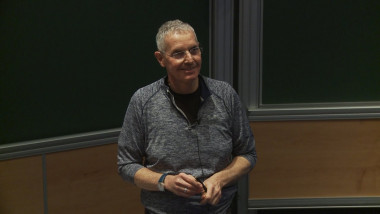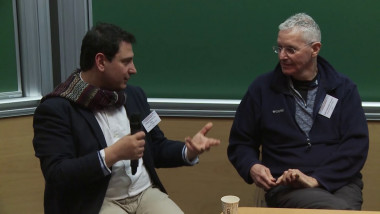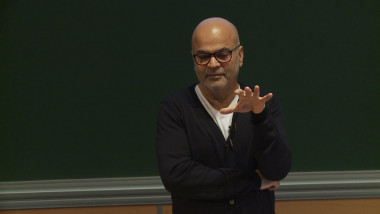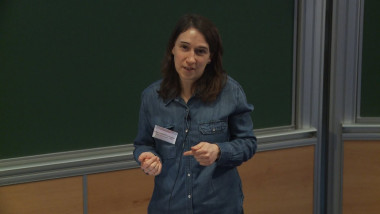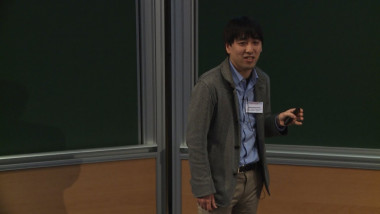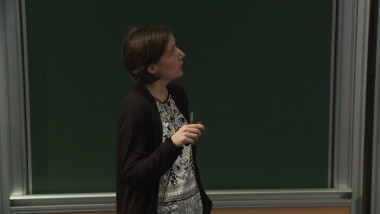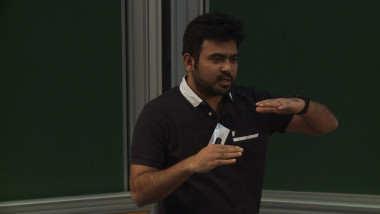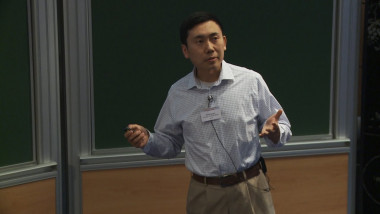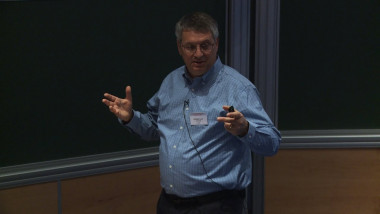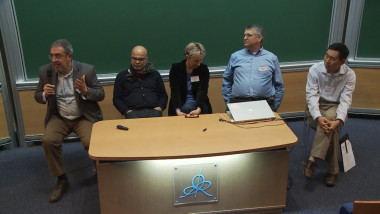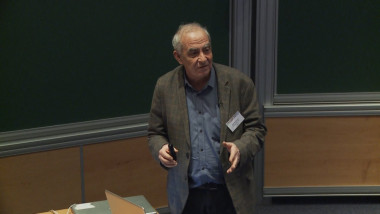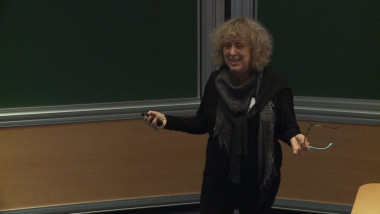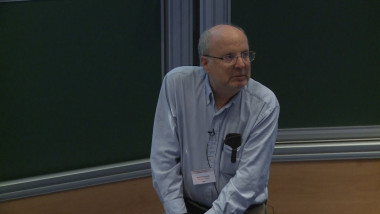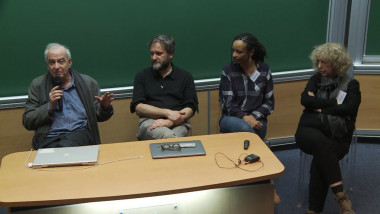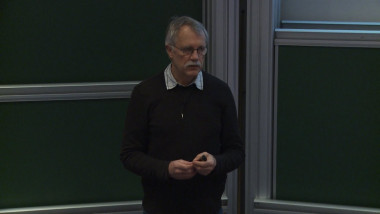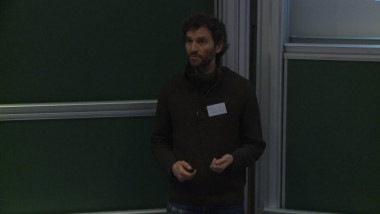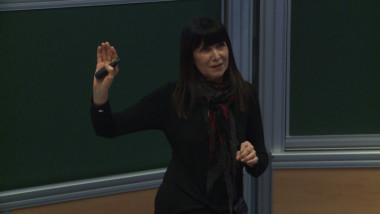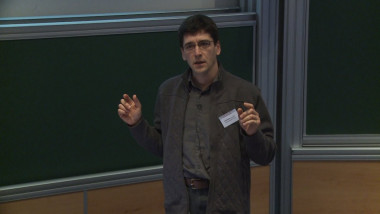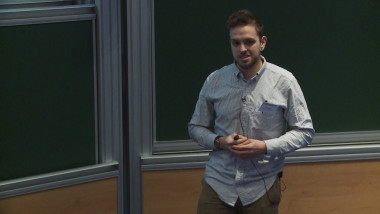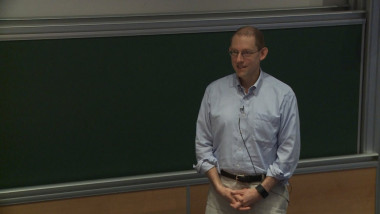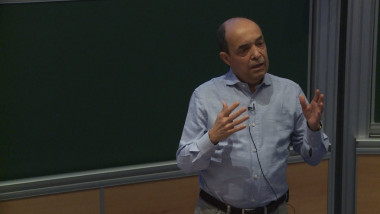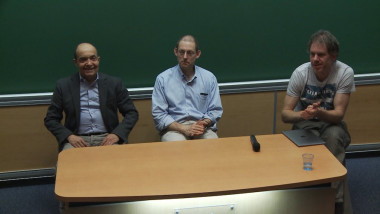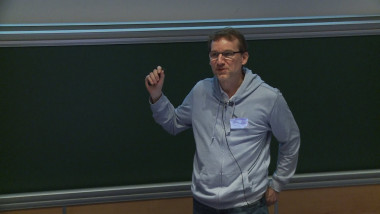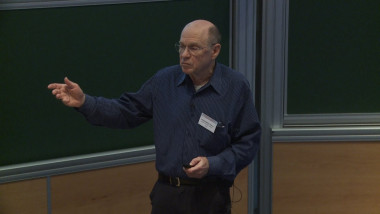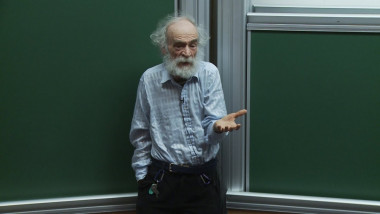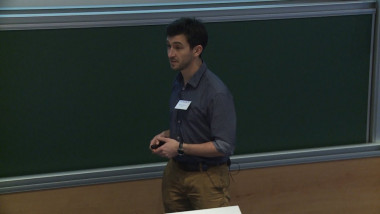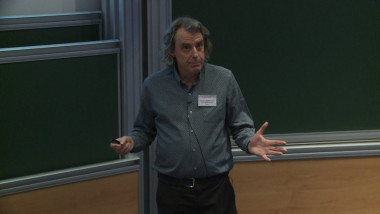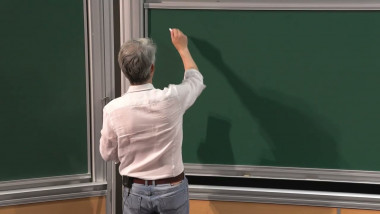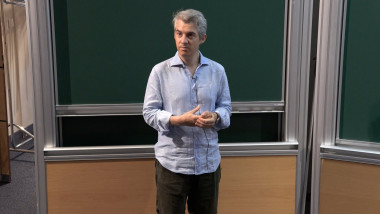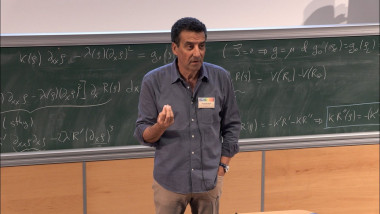Effect of multi-drug resistance ABC transporter activity on their conformation-induced redistribution on membranes
Integral trans-membrane proteins are involved in various cellular functions and their dysfunction is associated with human pathologies [1]. The lipid-protein interactions have been studied to address structure-function relationship of transmembrane proteins at molecular level. However, the effects related to membranes physical properties on trans-membrane proteins have not been well-studied, and not at all when their conformations change. Recent experimental evidence indicates the intrinsic interplay between protein shape and the properties of its membrane environment [2,3]. It is expected that non-cylindrical proteins tend to cluster and be enriched in curved membranes. Thus, we studied BmrA a bacterial ATP binding cassette (ABC) transporter from B. subtilisinvolved in export of a large diversity of substrates in an ATP dependent manner, fairly homologous to human P-glycoprotein ,[4]. The conformational change in nucleotide-binding domains (NBDs) of BmrA between apo and the post-hydrolytic state (tweezers-like motion) is 5 nm and that is the largest tweezers motion reported till date in the case of trans-membrane proteins. Here we addressed how the conformational dynamics of BmrA influence its membrane properties, in particular its spatial distribution on flat or curved membranes. To decipher the effect of the conformational dynamics of Bm rA on its spatial distribution in membranes, depending on membrane curvature, we used cell-sized giant unilamellar vesicles (GUVs) containing either the apo-or closed-conformation BmrA to form membrane nanotubes with controlled radii. We found that, at low protein density, apo-BmrA is highly enriched (50 times) in nanotubes as compared to flat membrane and simultaneously modulates tube radius from 100 nm to 30 nm, due to its high intrinsic curvature. Surprisingly, although the post-hydrolytic closed-conformation BmrA is expected to be cylindrical, we measured an enrichment of this conformation in nanotubes, but about 3 time less pronounced then for apo-BmrA. Eventually, in the presence of ATP, BmrAhas reduced curvature selectivity as compared to the apo form, in agreement with a cycling change of conformation between the apo and the closed forms. This study on reconstituted transmembrane proteins demonstrates that protein distribution on membranes is influenced by the interplay of membrane curvature, effective shape and flexibility of membrane proteins.












